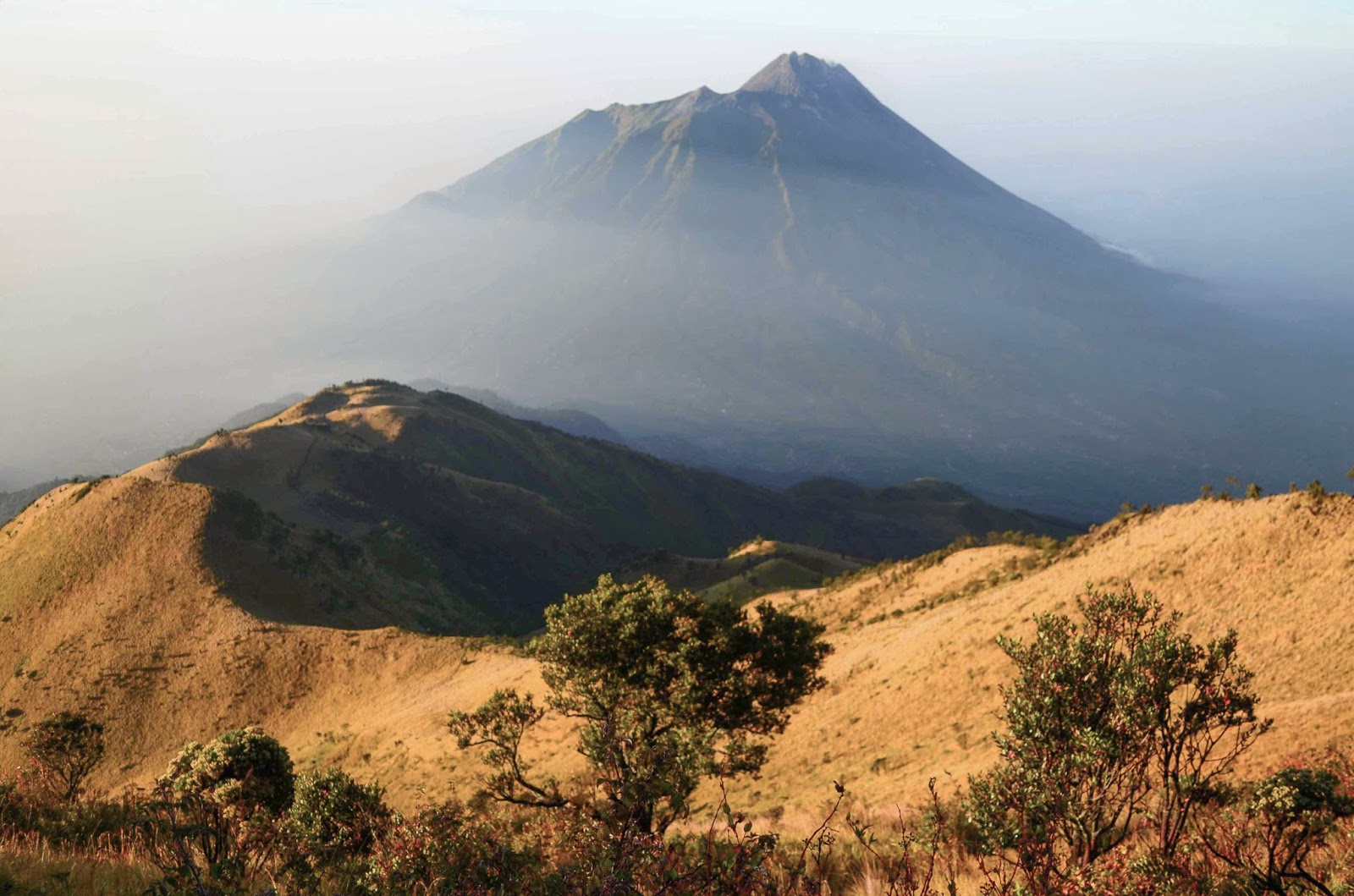Travel File: PADI Advanced Open Water Diving in Koh Lanta
Advanced open water diving!! but by no means an "advanced diver". It was my second dive trip, I opted for Advanced Open water certification at Koh Lanta with Lanta Diver.
How to get there: Nearest airport is Krabi, but ferry and van services are available from Phuket, Phi Phi and Ao Nang also. Ferry is more convenient but check for their timing. If you are arriving at Krabi airport in afternoon, Van might be the only option.
Koh Lanta: Is it one of the laid back places, complete contrast from chaos of Patong in Phuket. Beaches are serene and sedate, sometimes all for yourself. There are parties also at various locations if you are looking for one.
Dive Sites:
1. Koh Ha: Visibility is amazing, mild current only sometimes. Perfect for certification courses.
How to get there: Nearest airport is Krabi, but ferry and van services are available from Phuket, Phi Phi and Ao Nang also. Ferry is more convenient but check for their timing. If you are arriving at Krabi airport in afternoon, Van might be the only option.
Koh Lanta: Is it one of the laid back places, complete contrast from chaos of Patong in Phuket. Beaches are serene and sedate, sometimes all for yourself. There are parties also at various locations if you are looking for one.
Dive Sites:
1. Koh Ha: Visibility is amazing, mild current only sometimes. Perfect for certification courses.
2. Koh Bida: Another awesome dive location, good for beginners.
3. Hin Daeng and Hin Muang: World famous dive site but for experienced dives only, strong currents. All 70 kms from Koh Lanta. Can spot Manta rays here.
Budget:
The dives courses are 11000 THB onwards. apart from this, the island is very cheap for food and accommodation.
3. Hin Daeng and Hin Muang: World famous dive site but for experienced dives only, strong currents. All 70 kms from Koh Lanta. Can spot Manta rays here.
Budget:
The dives courses are 11000 THB onwards. apart from this, the island is very cheap for food and accommodation.
At the point of writing this blog I am a Rescue diver and I have 35 dives with me. With this experience, I presume that I can advice few who have this budding question of when to take this certification i.e. right after Open Water certificate or with few dives in between.
My opinion is, one can go for Advanced Open Water diving straight away after Open Water diving. However, at least have 30 dives before going for Rescue diving certificate. Advanced open water diving skills are just continuation of Open water diving skills but with this certificate one can enjoy fun dives more, as one is allowed to go deeper and go for night dives.
Advanced open water lasts for 2-3 days with five dives. Two type of dive is mandatory i.e.
- Navigation Dive
- Deep Dive
Other three dives are one's choice. The instructor can help to recommend which is best for the certain dive site or an individual. Options are
- Peak Performance buoyancy*
- Drift Dive*
- Fish Identification Dive*
- Night Dive
- Wreck Dive
- Underwater Photography
- Multi level and computer
- Search and Recovery
* is what I chose.
After Peak performance buoyancy dive comes the much deserved surface interval. This is the time when instructor tells about the mistakes, improvement and walk through the skills for other dives. Having the PADI manual during these period is must.
| Surface interval at Koh Ha |
I followed this dive with a mandatory dive, Underwater Navigation Dive. During this dive one will learn how to navigate while underwater, this includes using a compass, combined with natural navigation such as depth, bottom composition, contour, rock formations, corals and sunlight. One will complete some simple exercises such as measuring distances and navigating a square pattern, then armed with a map of the dive site one has to lead the group around the reef and hopefully back to the boat in a timely fashion.
The forth dive was Drift Dive! This is one of the addictive dives (: And why it will not., who doesn't like to drift with the current. One important thing about drift dive is negative entry. In this entry, the dive buddies jump together without inflating the BCD. The idea it not to spend time on surface as the buddies may get separated at the surface only in strong current. Rest of the diving is to drift with the current, stay close to buddy and enjoy.
Then comes another surface interval (: again.
Then my last dive for certification, Fish Identification Dive. I throughly enjoyed this dive. The instructor will point to the fishes underwater, and one has to identify them. A slate with pencil is given to note down the features. Referring to book on surface is allowed. One has to identify five fishes.
And Yay, Advanced Open Water certification is over.





I have read this post. This post is a nice one that we are Learn scuba Diving. That I will inform about your post to my friends and all the best for your future post.
ReplyDeleteDiving Instrcutor course | Crossover To Padi